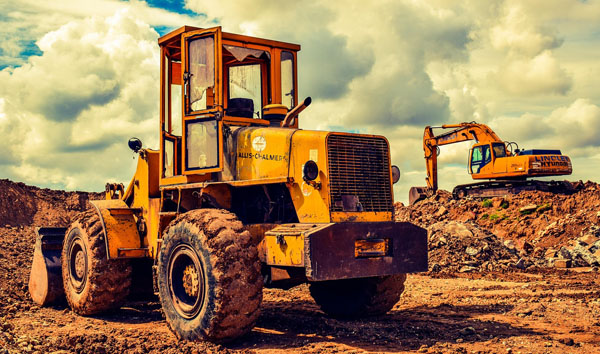Navigating the Future: Key Developments in the Rough Terrain Forklift Sector
2025-07-12 03:55:29
The Rough Terrain Forklift industry is witnessing a surge in demand for electric-powered models, as companies prioritize sustainability and operational efficiency. According to recent market data, electric rough terrain forklifts now account for over 30% of new sales, up from just 15% five years ago. This shift is fueled by stricter emissions regulations and the lower total cost of ownership associated with electric models. Manufacturers are investing heavily in battery technology to extend runtime and reduce charging cycles, further enhancing their appeal in rugged environments.
Automation is another key trend reshaping the rough terrain forklift industry. Advanced telematics and AI-driven navigation systems are enabling semi-autonomous operations, particularly in mining and construction applications. A 2023 industry report highlighted that 40% of new rough terrain forklifts now come equipped with collision avoidance and load-sensing technologies. These innovations not only improve safety but also optimize productivity in challenging terrains where precision is critical.
The integration of IoT (Internet of Things) in rough terrain forklifts is unlocking new levels of data-driven decision-making. Real-time monitoring of equipment health, fuel consumption, and operator behavior allows fleet managers to minimize downtime and reduce maintenance costs. Industry analysts project that IoT-enabled rough terrain forklifts will dominate the market by 2027, with a compound annual growth rate (CAGR) of 12%. This trend underscores the growing importance of connectivity in heavy-duty material handling.
Market expansion in emerging economies is also influencing the rough terrain forklift industry. Countries like India and Brazil are experiencing rapid infrastructure development, driving demand for durable and high-capacity forklifts. Sales in these regions grew by 18% year-over-year in 2023, outpacing mature markets. Local manufacturers are partnering with global players to introduce cost-effective models tailored to regional needs, further accelerating adoption.
Finally, the rough terrain forklift industry is seeing a rise in rental and leasing models, particularly among small and mid-sized enterprises. This trend reflects a broader shift toward flexible asset management, with rental fleets now comprising nearly 25% of the market. Providers are offering customized rental packages, including maintenance and training, to cater to diverse operational requirements. As the industry evolves, these trends will continue to redefine competitive dynamics and growth opportunities.














